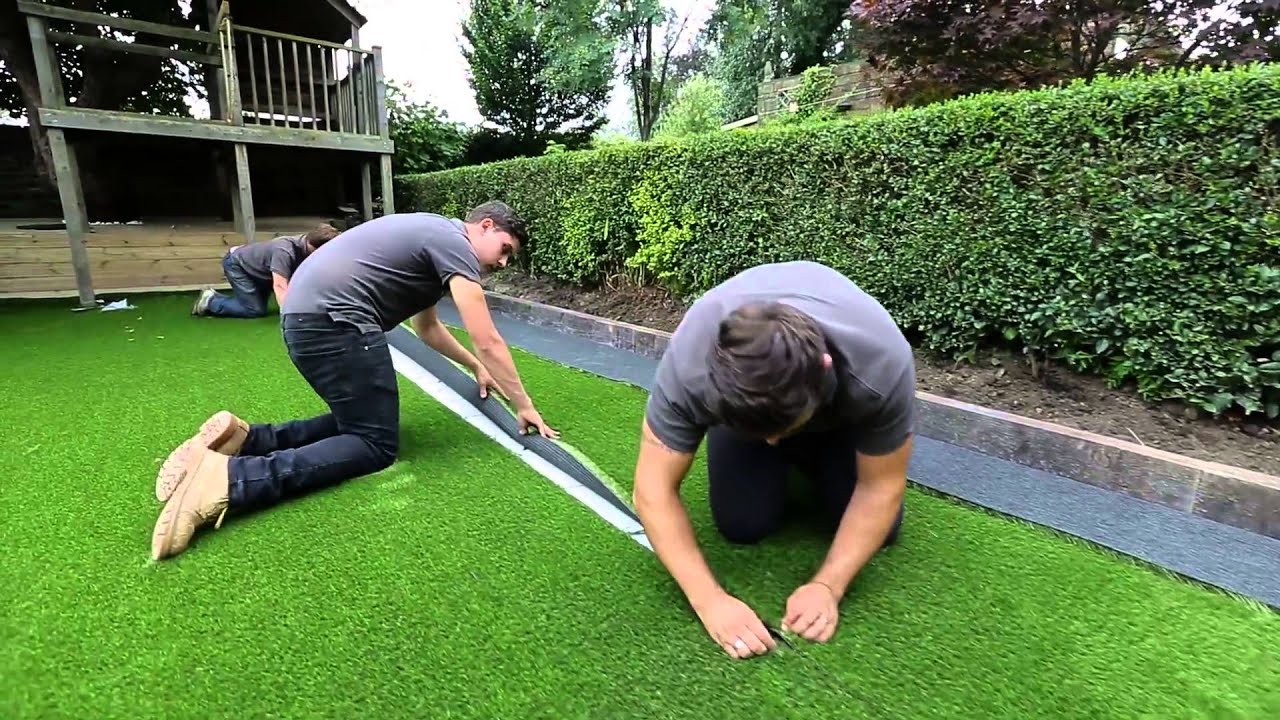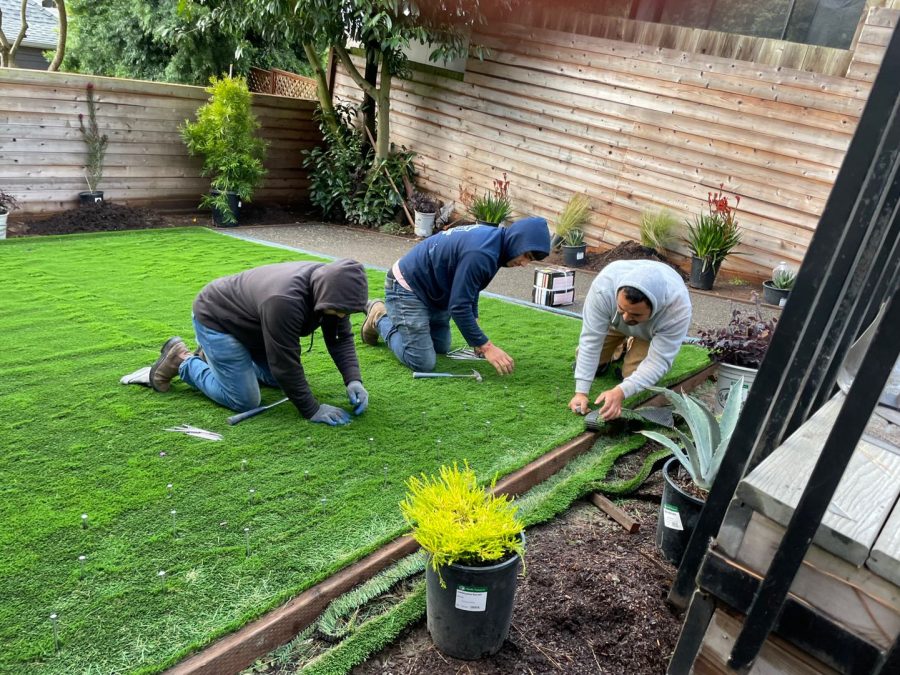High-Quality Arizona Turf Solutions for a Beautiful and Lush Landscape
High-Quality Arizona Turf Solutions for a Beautiful and Lush Landscape
Blog Article
Look Into the Environmental Perks of Opting for Synthetic Grass Solutions
The fostering of artificial turf options presents a compelling opportunity to deal with pressing environmental obstacles. By significantly minimizing water usage and reducing the application of harmful chemicals, these alternatives not only promote sustainable landscaping however also shield neighborhood ecosystems. The lower carbon footprint linked with decreased maintenance activities contributes to a more lasting strategy to land administration. The implications of these advantages expand past mere preservation efforts, increasing inquiries concerning their long-term impact on environment preservation and general ecological balance. Exploring these measurements discloses a complex interaction worth considering.
Water Conservation Advantages
One of the most substantial benefits of synthetic grass is its capability to preserve water. Standard lawn lawns require considerable watering, particularly in areas susceptible to dry spell or water restrictions. In contrast, artificial turf does not need watering, significantly minimizing the general demand for water sources. This attribute is particularly helpful in deserts where water scarcity is a pressing concern.
By eliminating the demand for routine watering, fabricated lawn adds to lasting landscape practices and aids alleviate the environmental effect of excessive water usage. The conservation of water prolongs to the decrease of drainage, which can lead to dirt erosion and waterway air pollution.
Additionally, the setup of synthetic grass enables municipalities and home owners to allot water resources more effectively, concentrating on essential uses such as alcohol consumption water and farming. The change towards synthetic lawn not just advertises responsible water usage however likewise straightens with more comprehensive environmental goals targeted at protecting natural deposits.
As areas increasingly prioritize sustainability, the water conservation benefits of man-made lawn present a compelling situation for its fostering in business and household landscaping projects.
Reduced Chemical Usage
The shift to synthetic grass substantially lowers the dependence on chemical therapies generally used in all-natural yard upkeep. Conventional grass monitoring generally involves the application of herbicides, fertilizers, and pesticides to promote growth and control insects. These chemicals can position risks to human health and wellness, local wild animals, and the setting, adding to soil and water contamination.
In contrast, artificial turf removes the requirement for these unsafe compounds. Once installed, it calls for very little upkeep, largely including regular cleansing and occasional infill replenishment. This reduction in chemical use not only benefits the prompt atmosphere but additionally adds to wider ecological security. By reducing the launch of synthetic substances right into the ecosystem, synthetic grass advertises healthier dirt and water systems.
Additionally, the absence of chemical overflow linked with synthetic lawn setups aids safeguard regional rivers from air pollution, sustaining water life and maintaining biodiversity. Arizona artificial turf. As communities progressively focus on lasting practices, selecting synthetic grass presents a sensible solution that aligns with ecological preservation objectives. Through this shift, homeowner can take pleasure in lavish green spaces without jeopardizing environmental wellness, leading the means for a more sustainable future
Lower Carbon Footprint

Furthermore, the setup of synthetic grass can result in considerable water preservation. All-natural grass require considerable amounts of water for irrigation, which not only includes in the carbon impact related to water extraction and treatment however likewise stress neighborhood water sources. On the other hand, synthetic grass needs very little maintenance, needing no watering, consequently dramatically reducing water usage and its associated energy costs.
Additionally, the durability of synthetic grass contributes to its decreased carbon effect. With YOURURL.com a life-span of approximately 15 years or more, the need for frequent replacements is decreased, leading to much less Turf installation phoenix az waste and lower power consumption in manufacturing and throwing away traditional turf options. Generally, artificial turf provides a lasting choice for ecologically mindful landscape design.
Habitat Preservation
Environment conservation is a critical consideration in the discussion over landscape design choices, particularly when contrasting fabricated grass to natural grass. All-natural turf yards often call for substantial maintenance, consisting of the usage of plant foods, pesticides, and herbicides, which can detrimentally impact neighborhood environments. These chemicals can leach right into the soil and rivers, harming indigenous flora and animals and disrupting neighborhood habitats.
On the other hand, man-made turf offers a chance to reduce the eco-friendly footprint of landscape design. By choosing for artificial turf, property owners can decrease the interruption of all-natural habitats linked with traditional yard care methods. Synthetic grass removes the need for damaging chemicals, thereby safeguarding neighboring wildlife and maintaining the stability of bordering communities. Additionally, the installment of artificial grass can bring about the conversion of previous grass areas right into even more biodiverse landscapes, such as pollinator yards or indigenous plant areas, which can support local wildlife.
Ultimately, the transition to artificial lawn not just preserves water and lowers upkeep efforts however also fosters a more unified partnership in between human tasks and the natural atmosphere, promoting habitat conservation in the process.
Long-Term Sustainability
Long-term sustainability is a crucial factor in evaluating the benefits of view it now synthetic grass over conventional grass yards. Among the most significant advantages of synthetic grass is its toughness; it can last as much as 15-20 years with very little upkeep, whereas all-natural lawn needs regular reseeding and replacement. This durability reduces the need for consistent sources, such as water, plant foods, and chemicals, which are crucial for keeping a healthy yard lawn.
In addition, man-made turf adds to a reduction in carbon exhausts connected with grass care tools. Conventional grass typically call for gas-powered mowers, leaners, and blowers, all of which contribute to air contamination. Phoenix turf companies. On the other hand, man-made lawn eliminates the demand for such equipment, promoting a cleaner setting
Furthermore, the manufacturing of synthetic grass increasingly makes use of recycled products, enhancing its sustainability account. As producers take on green practices, the ecological impact of synthetic turf remains to lessen.

Final Thought
The fostering of man-made turf services offers considerable ecological benefits, consisting of considerable water conservation, decreased reliance on damaging chemicals, and a lower carbon impact. Synthetic lawn aids in protecting natural environments by decreasing land disturbance and advertising long-term sustainability with the usage of durable products. Jointly, these elements emphasize the potential of synthetic grass to contribute favorably to environmental health and supply a feasible alternative to standard landscaping techniques in a significantly resource-conscious world.
In comparison, artificial grass does not need watering, dramatically minimizing the total demand for water sources. By lessening the launch of synthetic substances into the ecological community, synthetic grass advertises much healthier soil and water systems.
Moreover, the installation of synthetic lawn can result in significant water conservation. In comparison, man-made grass requires minimal maintenance, needing no watering, therefore significantly decreasing water usage and its linked power costs.

Report this page